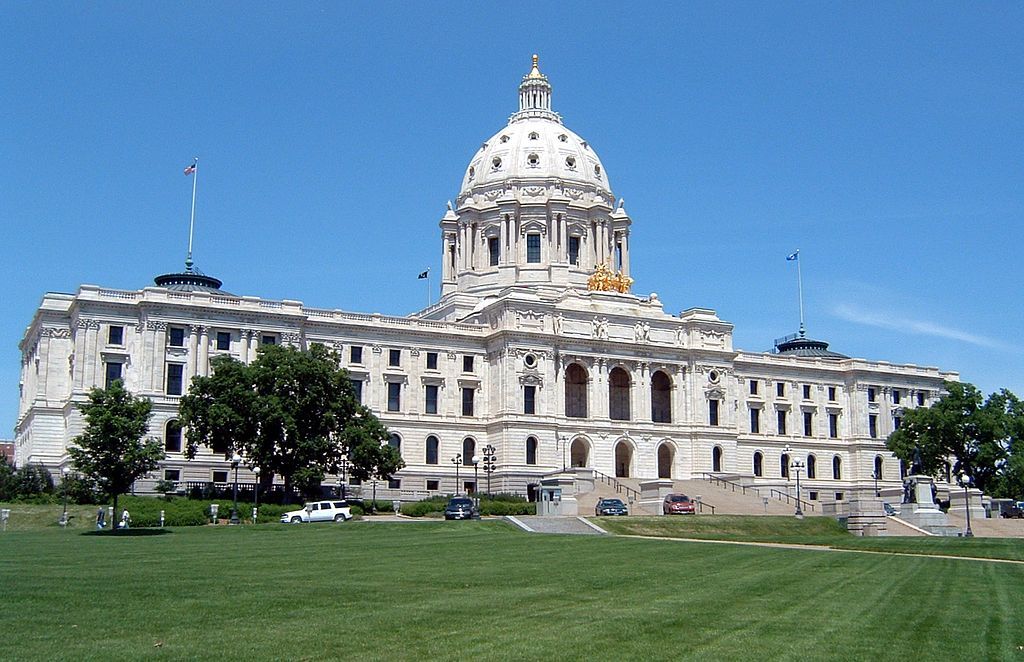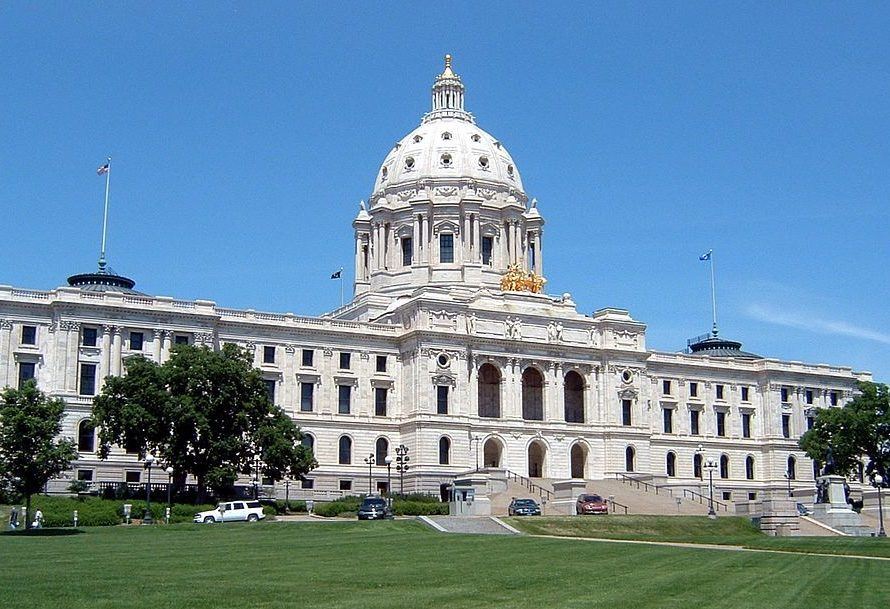
The State of Minnesota’s budget process operates on a two-year cycle, also called a biennium. A biennium begins in odd-numbered years, which is when the governor releases their budget. Once that occurs, the legislative budget process begins. Legislators negotiate and pass an operating budget (which is actually made up of a number of smaller budget bills), and the governor signs it. The operating budget funds things like E-12 education, public safety, and health services.
In June 2021, Gov. Walz signed into law the various budget bills for the 2022-23 biennium, which totaled approximately $52 billion. That means the State of Minnesota will spend $52 billion for fiscal years 2022 and 2023 to keep everything running.
So, as the new legislative session begins and the operating budget has already been enacted for the biennium, what will the legislature be focused on this year?
In even years of the biennium (like this one), the governor proposes a capital expenditures budget, more commonly referred to as a bonding bill. Like the operating budget, though, the bonding bill is actually made up of a number of separate bills.
Unlike the operating budget, which funds ongoing programs, bonding expenditures fund specific projects, which is why the governor’s bonding proposal is called the 2022 Local Jobs and Projects Plan. Examples of bonding projects include things like specific bridges being repaired, specific buildings receiving specific upgrades, or specific nature trails being built.
And whereas the operating budget is funded by tax revenues, federal grants, and other types of revenue, capital expenditures are funded by the sale of bonds by the State of Minnesota. Bonds are like an IOU issued, often by a government, to investors who lend the issuer money for a certain amount of time.
The price tag for the governor’s 2022 Local Jobs and Projects Plan is $2.7 billion. Within that amount, roughly $560 million is for infrastructure projects and $400 million would support communities, including $100 million for communities that have long been forgotten, including organizations serving Black, Indigenous, and communities of color.
More specifically, here are some highlights we’re excited about:
🏘 Housing
- $250 million (pg. 8) for loans and grants to be used for:
- Permanent supportive housing for people experiencing homelessness
- Maintenance for existing Section 8 housing
- Forgivable loans for the purchase, maintenance, or new construction of single-family housing
- Affordable housing for seniors earning between 30 and 50 percent of area median income (“AMI”)
- Purchase, maintenance, and infrastructure—including storm shelters and community facilities—in manufactured home communities
- Construction of multifamily rental housing for households at or below 50 percent AMI
- $60 million (pg. 14) to repair 6,000 public housing units in all 87 counties, including:
- Fire suppression systems
- Accessibility improvements
- Heating and cooling systems
- Energy efficient windows
👩🏫 Human Services
- $10 million (pg. 14) for Early Childhood Facilities grants to be used for:
- Construction of new facilities that include classroom space, cubby storage, parent rooms, prep spaces, secure entry, and indoor/outdoor large motor skills areas
- Renovation of aging, substandard facilities
- $70 million (pg. 38) for statewide Emergency Shelter Facilities grants to be used for:
- Acquisition of land, design, construction, renovation, furnishing, and equipping facilities for homeless shelters
🚇 Met Council
- $60 million (pg. 8) for busway capital improvement projects, including:
- Acceleration of BRT corridor development
- F Line – Central Avenue, Minneapolis to Blaine
- G Line – Rice/Robert St., Little Canada to West Saint Paul
- H Line – Como/Maryland, Saint Paul to Minneapolis via the UM
- Acceleration of BRT corridor development
🌁 Pollution Control
- $14 million (pg. 13) for grants to build the statewide electric vehicle (“EV”) infrastructure
- New EV fast charging stations across the state, including Tribal Nations
- $5 million (pg. 30) to install EV charging stations in state-owned facilities
- $10 million (pg. 18) to expand composting infrastructure
🚲 Transportation
- $9 million (pg. 42) for pedestrian safety projects to encourage more walking, rolling, and biking, including:
- New sidewalks and bicycle trails
- ADA improvements
- Traffic diversion controls
- Working with Tribal governments to identify active transportation projects
- $2 million (pg. 38) for the Safe Routes to School program
- Improves safety and encourages more walking, rolling, and biking to and from school throughout Minnesota
- $5 million (pg. 55) to support public transit services in Greater Minnesota
There’s a whole lot more included in the $2.7 billion proposal. Send me an email to let us know what’s on your mind as session heats up, and please reach out if you have any questions.
Stay up to date and get involved in our legislative work this session:
✅ Check out our 2022 Legislative Priorities
✅ Register to attend our Legislative Briefing on Monday, Feb. 7
✅ Sign up for text updates to stay in the know
✅ Send us an email to connect with an organizer and take action at the Capitol

